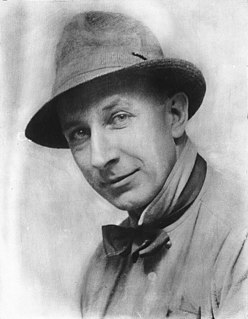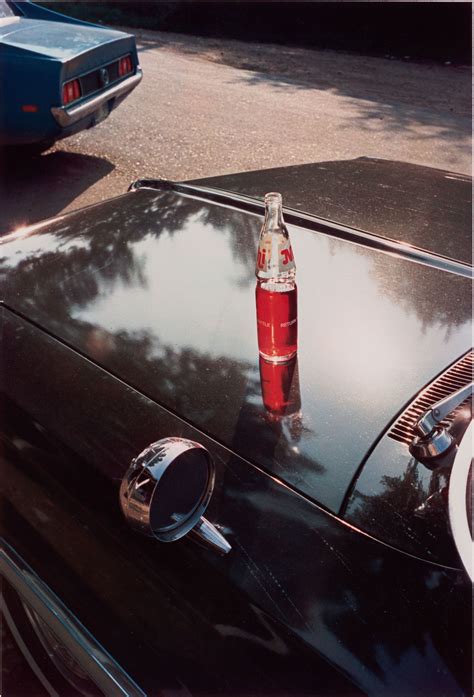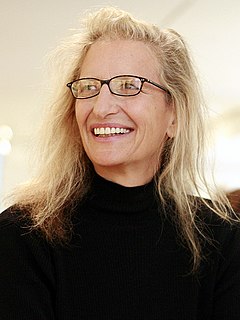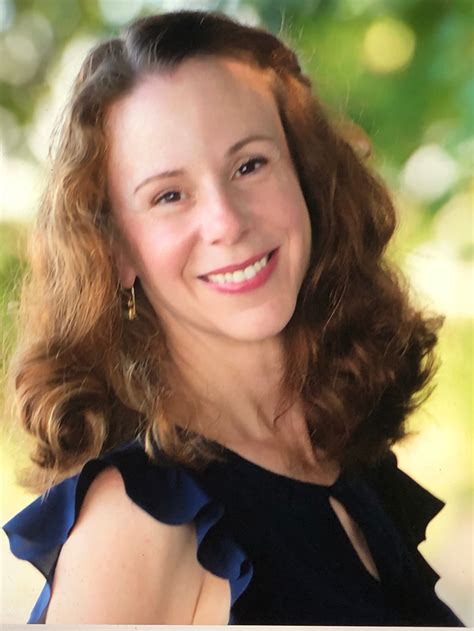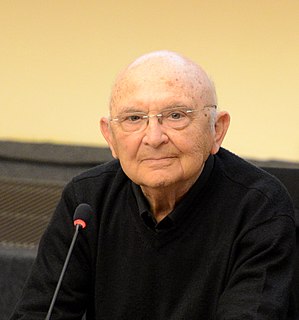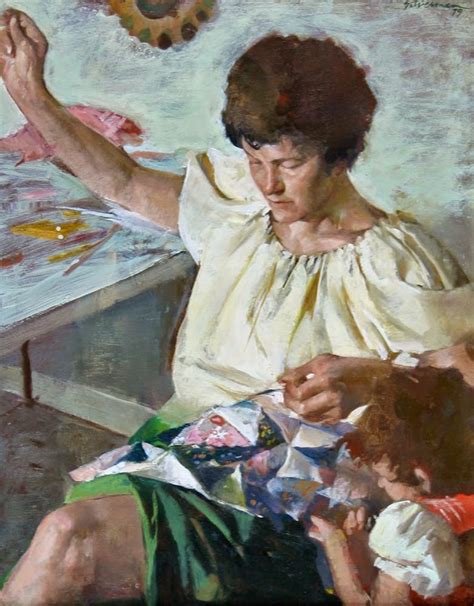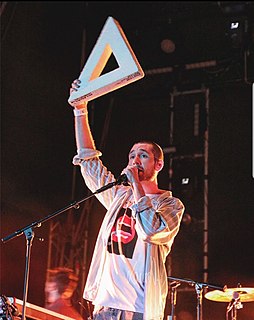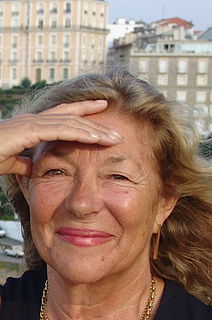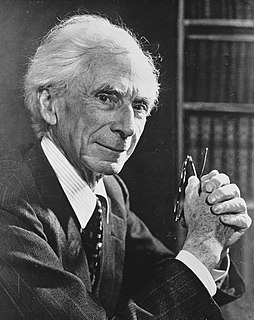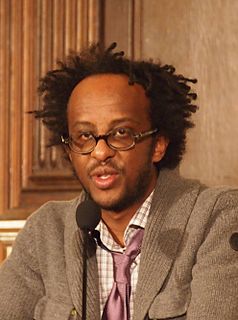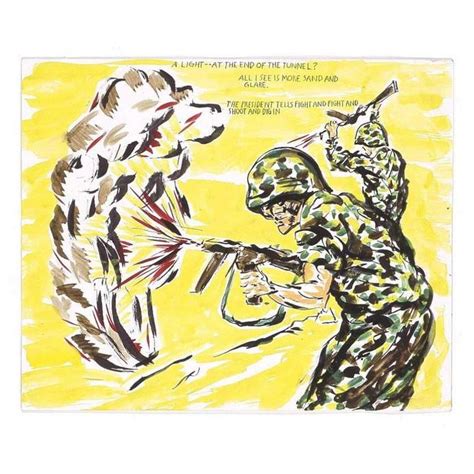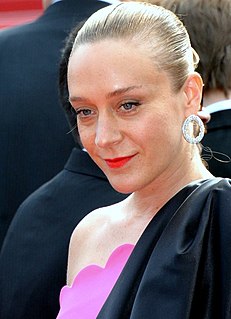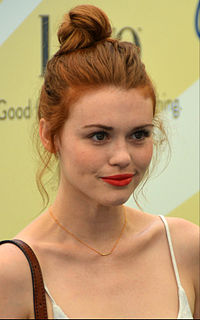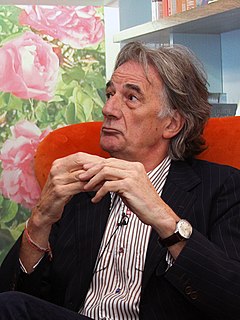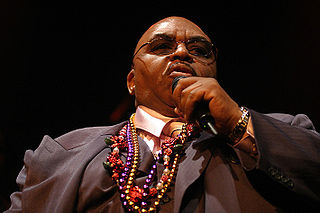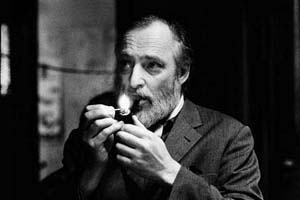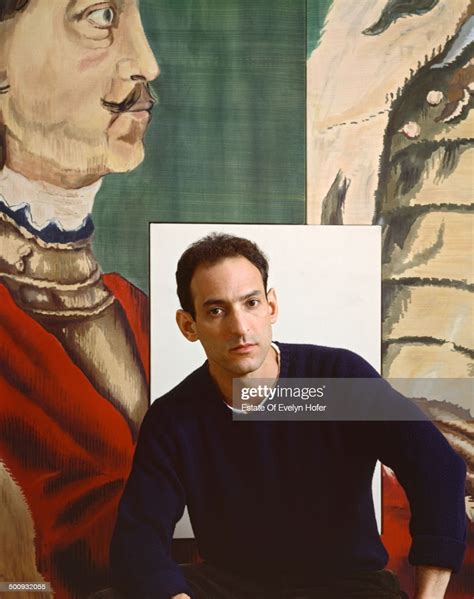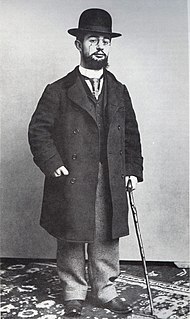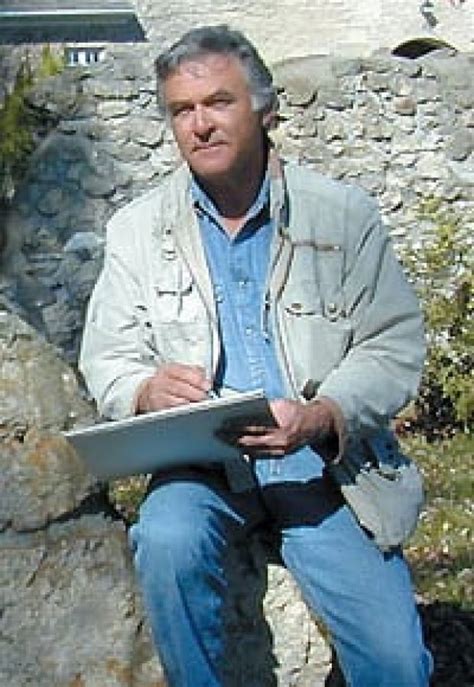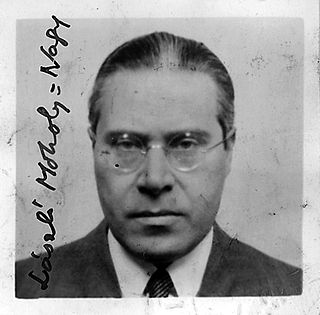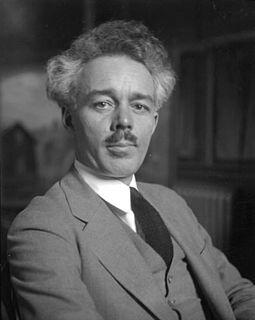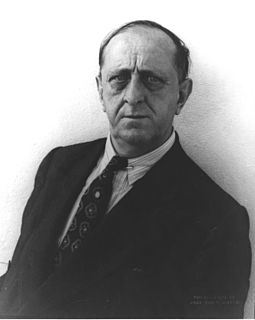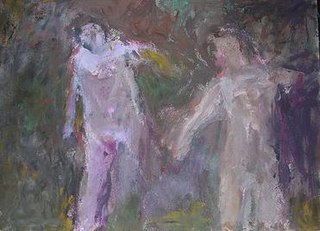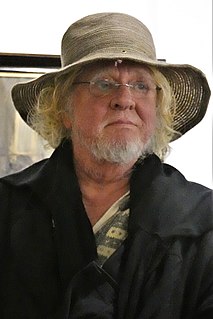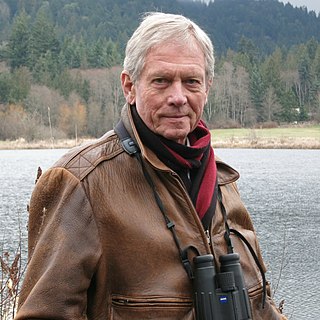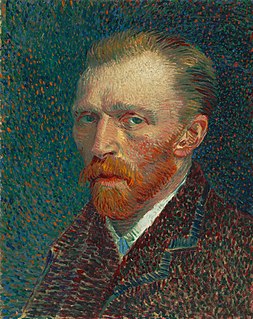A Quote by George Bellows
I found myself in my first art school under the direction of Robert Henri... My life began at this point.
Related Quotes
I was quite keen on silviculture, the growing of trees, and that was something I gave a lot of thought to. Maybe I could've gone in that direction. But it just so happened that while I was trying to make up my mind, I enrolled in art school, and there I began to develop my interest in music, parallel with my interest in the visual arts.
Growing up I was very into art. In high school I was into the surrealists and impressionists, and I loved Klimt. In '91 or '92 I saw one of those Felix Gonzalez-Torres Untitled billboards. I was just really arrested by it. It was kind of my first foray into contemporary art. It was a turning point for me as to what art could be and what it meant and the impact it could have.
I went to this massive co-ed school for the first time when I was 16. Everyone there had been together since elementary school, and I found it quite difficult, especially when I'd never stepped into a classroom with boys. So I started looking out in the community for a social outlet. I started getting involved in student films and community theater. Acting began as a hobby.
I graduated in June 1948 and then went in the fall to the art school. I stayed with my cousins on Seventeenth Street in the beginning, and later had my own apartment very near there and was able to walk to the Art Institute on Elmwood Avenue. The school had a faculty of local artists - Jeanette and Robert Blair, James Vullo who were well known in the area. It was a school that I think thrived on returning GIs, as many schools did at that time. It was a very informal program - but it was professional.
